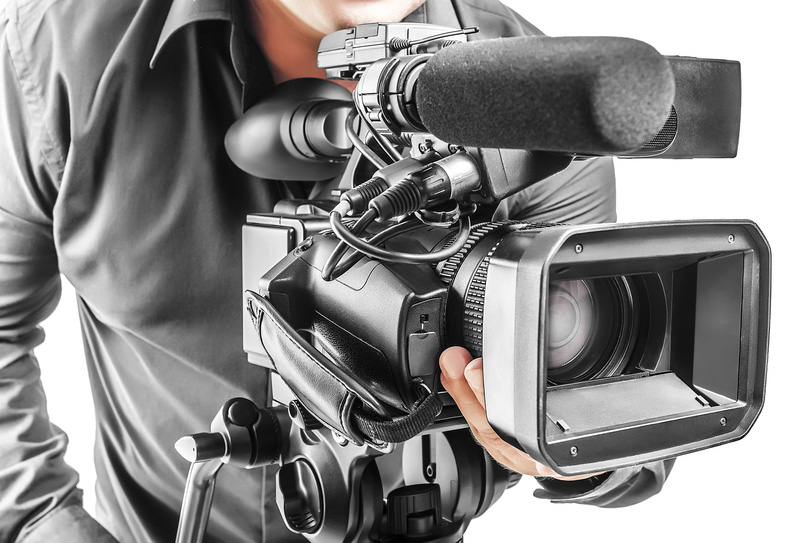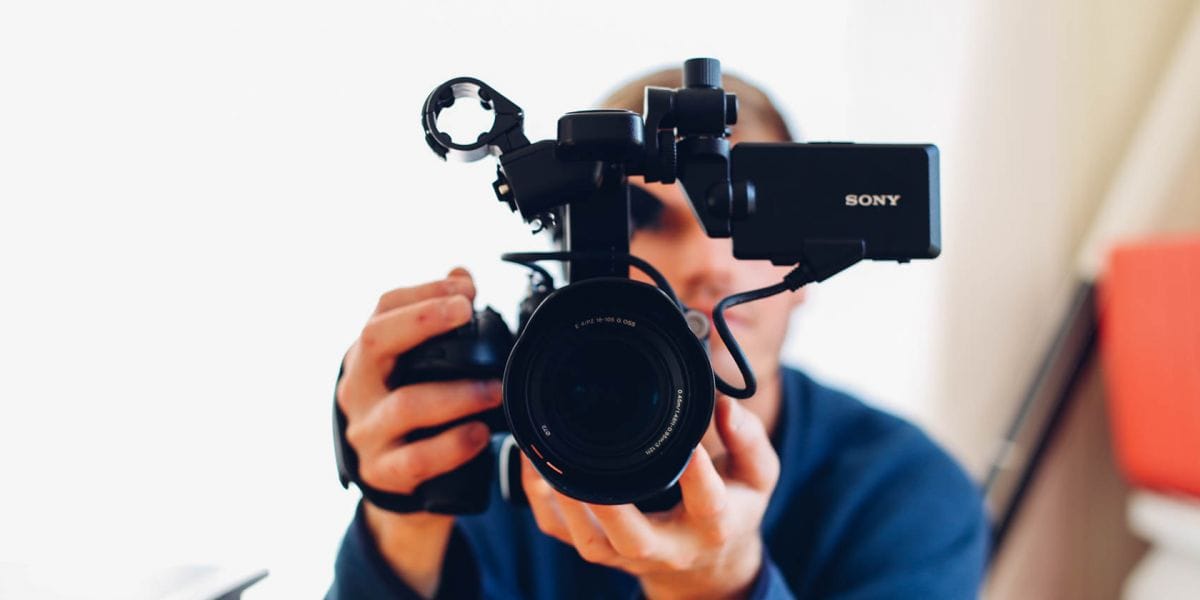Legal Videography: Why It’s a Necessary for Complex Legal Cases
Legal Videography: Why It’s a Necessary for Complex Legal Cases
Blog Article
Why Legal Videography Is Essential for Accurate Court Recordings
The role of legal videography in courtroom setups can not be overemphasized, as it offers as an important tool for protecting the stability of court records. By recording both spoken and non-verbal interaction, it boosts the quality of witness testaments and mirrors the subtleties of court room interactions. This detailed documents not just help in lowering possible misconceptions yet also supports appellate evaluations, therefore reinforcing the judicial procedure. However, the implications of integrating lawful videography into standard courtroom practices raise crucial concerns about its broader impact on the lawful system. What might these effects involve?
Importance of Visual Evidence
In the realm of lawful process, the significance of visual evidence can not be overstated. Aesthetic proof works as a powerful tool in establishing realities, proving statements, and boosting the total clarity of a case. This sort of evidence, that includes photos, videos, and representations, can give a substantial context that verbal descriptions frequently lack, thus using courts and courts a clearer understanding of the scenarios bordering an instance.
In addition, aesthetic proof help in the retention of information. Human cognition is inherently visual, and people are more probable to bear in mind and comprehend info provided in an aesthetic layout. In the court room, this can be crucial, as engaging visual evidence can sway opinions and reinforce the narrative offered by lawful reps.
In addition, making use of aesthetic proof can decrease misconceptions and obscurities that usually emerge from spoken exchanges. By supplying a straight representation of events, visual proof aids to remove subjective analyses and cultivates an extra unbiased examination of the facts. The combination of visual evidence into lawful procedures not only strengthens the integrity of the judicial process but also enhances the likelihood of accomplishing a just outcome.
Capturing Non-Verbal Cues
Utilizing advanced videography strategies can dramatically boost the capture of non-verbal hints during legal process. Non-verbal interaction, consisting of faces, body language, and eye contact, plays a crucial role in sharing feelings and purposes that may not be explicitly stated in spoken statement. legal videography. Legal videography uses high-definition cameras and critical angles to make sure that these subtle hints are recorded with quality and precision
The capacity to examine non-verbal behavior can give important context to statements made throughout court sessions. For example, a witness's reluctance or self-confidence can be translated with their posture or gestures, possibly affecting the court's assumption of credibility. Furthermore, using close-up shots can help focus on a speaker's expressions, enabling for a much more nuanced understanding of the testament.
In addition, incorporating numerous electronic camera angles can develop a comprehensive view of communications, highlighting characteristics in between events included. This complex technique not just improves the accuracy of the court record but also aids in preserving the integrity of the judicial process - legal videography. Ultimately, capturing non-verbal cues through lawful videography fosters a richer, extra complete representation of courtroom proceedings

Enhancing Statement Reliability
The integrity of testament can be dramatically bolstered via making use of high-grade lawful videography. Video recordings serve as an objective tool that catches not just the talked words of witnesses but also the subtleties of their delivery, consisting of tone, pacing, and emotional expressiveness. This diverse paperwork offers a clearer understanding of the witness's credibility and purposes, which can be pivotal in lawful process.
Moreover, lawful videography decreases the capacity for misconceptions that might develop from composed records alone. When jurors can observe a witness's behavior and body language along with their statement, they are much better equipped to examine the authenticity and dependability of the proof offered. This visual context can enhance the testimonial narrative, making it more compelling and reputable.
Furthermore, the presence of a video recording can hinder potential variances in testimony. Witnesses may be a lot more cautious in their statements when they understand they are being recorded, bring about more precise and truthful accounts. In general, high-quality legal videography enhances the stability of statement, ensuring that the court has accessibility to a full and genuine representation of the truths as shared by the witnesses.
Supporting Appeals and Reviews
Legal videography plays a vital role in supporting appeals and reviews by giving a comprehensive visual record of court procedures. This aesthetic documents records not just the talked words of witnesses and attorneys yet also the nuances of body movement, intonation, and court room characteristics. Such aspects can be pivotal in understanding the context of testaments and debates provided.
In the appellate process, where the emphasis gets on errors of law and step-by-step fairness, a video document can serve as an essential tool for appellate courts. It makes it possible for courts to evaluate Check This Out the original test context, making sure that decisions are based upon a full understanding of the procedures. The ability to aesthetically examine the attitude of witnesses or the interactions in between events can expose insights that created records may neglect.

Additionally, lawful videography can help in clarifying obscurities in testimonies or step-by-step rulings, thereby enhancing the basis for an appeal. By using a dependable, unbiased account of what transpired in court, lawful videography not only sustains the integrity of the lawful procedure however additionally empowers all celebrations involved to make enlightened decisions concerning their web instances.
Enhancing Court Room Processes
Enhancing court performance, legal videography simplifies processes by offering immediate access to aesthetic records of procedures. This modern technology allows courts, lawyers, and juries to take another look at vital testament and evidence, making sure that all parties have a clear understanding of the situation. By recording the nuances of spoken and non-verbal communication, videography enriches the record, making it simpler to realize the context and weight of testimonies.

Additionally, video recordings can facilitate remote engagement in hearings, permitting higher versatility in scheduling and involvement, which is especially useful in complicated instances including several stakeholders.
Conclusion
To conclude, lawful videography plays a crucial role in guaranteeing exact court recordings by supplying crucial aesthetic evidence that captures both spoken and non-verbal interaction. This method enhances the reliability of statements, supports appellate evaluations, and streamlines court room processes. By cultivating a thorough understanding of court room characteristics, legal videography inevitably adds to a lot more equitable judicial results, reinforcing the honesty of view it the legal system and facilitating educated decision-making.
Report this page